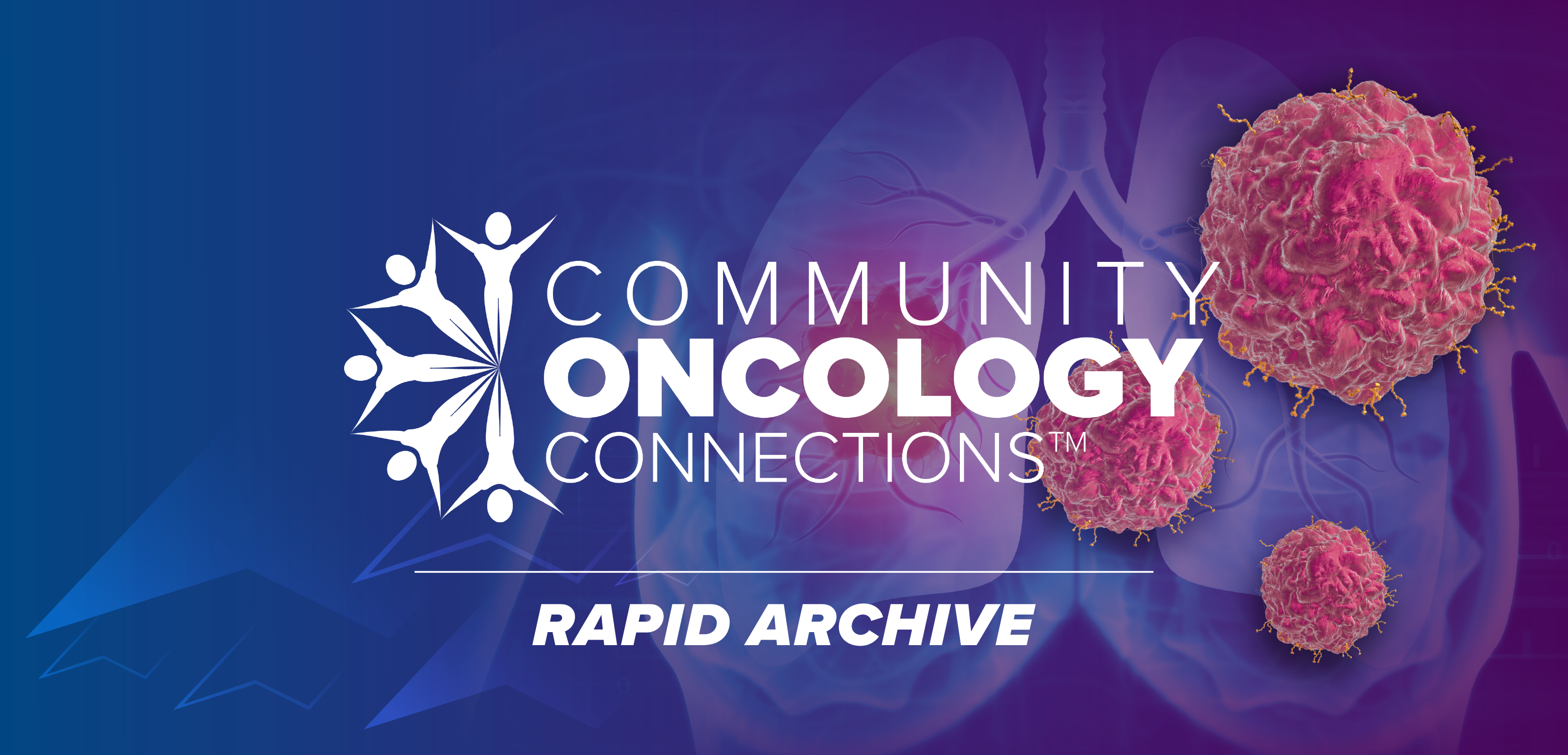
Partnerships May Increase Minority Prostate Cancer Population Trial Access
Including minority populations in clinical trials can be most easily done through outreach and partnerships with other health centers, according to Adam B. Murphy, MD, MBA, MSCI.
In a conversation with CancerNetwork®, Adam B. Murphy, MD, MBA, MSCI, highlighted the background and details of his randomized trial (NCT02668276)that assessed how genomic testing affected the treatment preferences of urologists in favorable-risk prostate cancer, which was presented at the
In this discussion, Murphy, an assistant professor of urology at Northwestern University in Chicago, Illinois, noted the racial discrepancies in treatment access for prostate cancer. In order to help address these disparities, 70% of his trial population consisted of Black patients. He advised that other institutions who are looking to implement similar strategies in their clinical trials should work together with other health centers and seek out those that have larger minority patient populations.
Transcript:
Find a minority-serving institution. If you can’t do it yourself from your own outreach efforts by working with federally qualified health centers or primary care providers to increase the traffic of minority [patients] to your center, you may have to partner with other centers that already are enriched in that way. Lots of minority-serving institutions want to engage in research. They want to have their patients benefit from trials because it’s the highest standard of care in many people's opinions. It’s a treatment offering to their patients that they can extend. It’s a matter of finding fairly well-resourced institutions to partner with.It isn’t always a safety net hospital. Sometimes they’re just hospitals in minority-rich areas. University of Miami Health System has [a large population] of Hispanic [patients], for example.You don’t have to always be with a county, a VA[center], or a minority-serving institution.They just may be enriched [with] those populations. It’s worthwhile to do the exploration to figure out who you can partner with to at least address the minority [patients] in your area or those who are at high risk for the disease. Otherwise, we [administer treatment] that we don’t know actually works, and we can’t counsel patients the same way on its effectiveness. We may be telling untruths.
It was rewarding for me to learn how to do that collaboration. Even if I’m sitting in my Northwestern [office], I know who I need to [reach out to] to do a better job of making my study populations represent the U.S population or the prostate cancer population in this case.
Reference
Carbunaru S, Sun Z, McCall C, et al. Impact of genomic testing on urologists' treatment preference in favorable risk prostate cancer: a randomized trial. Cancer Med. 2023;12(19):19690-19700. doi:10.1002/cam4.6615.
Newsletter
Stay up to date on recent advances in the multidisciplinary approach to cancer.

















































































